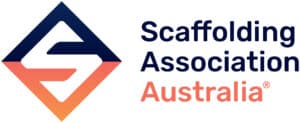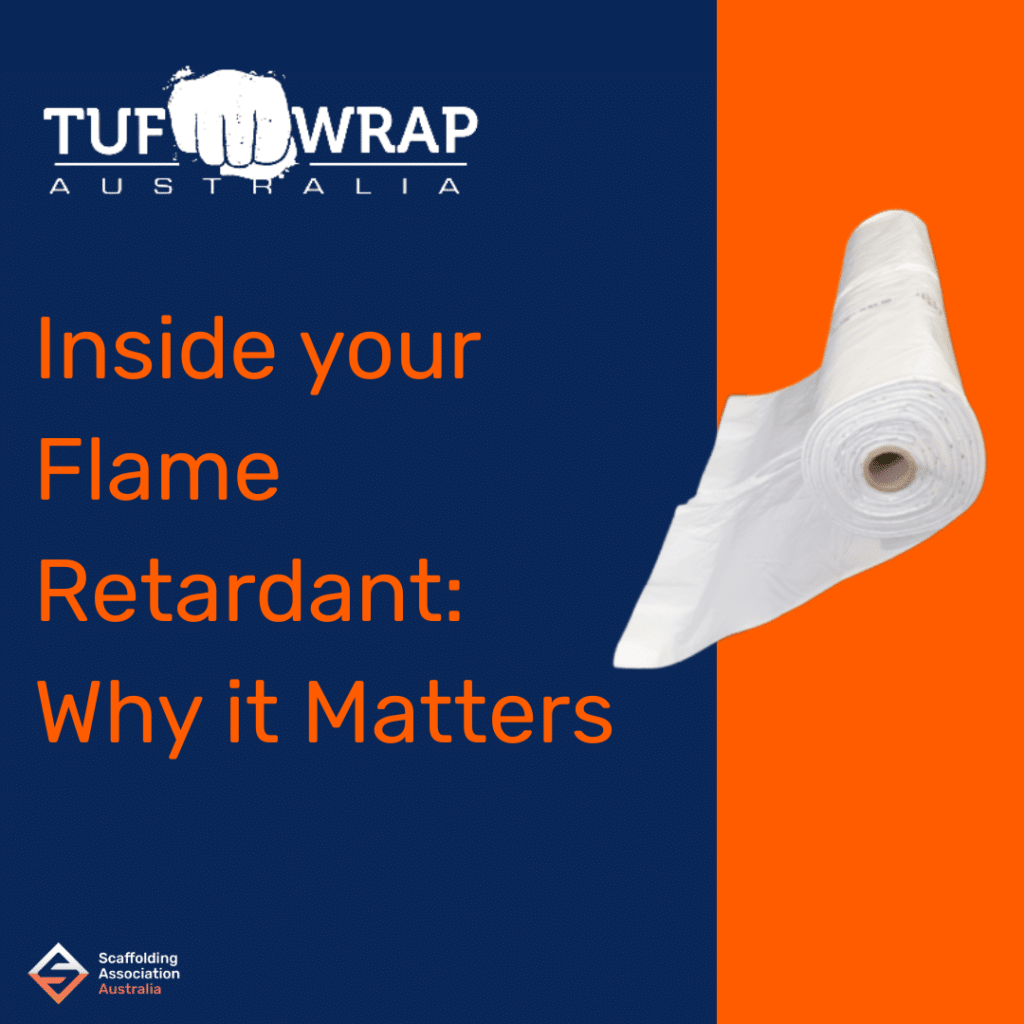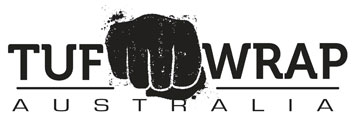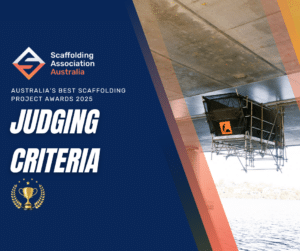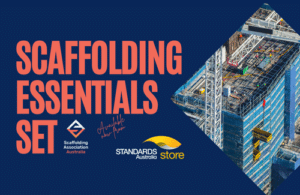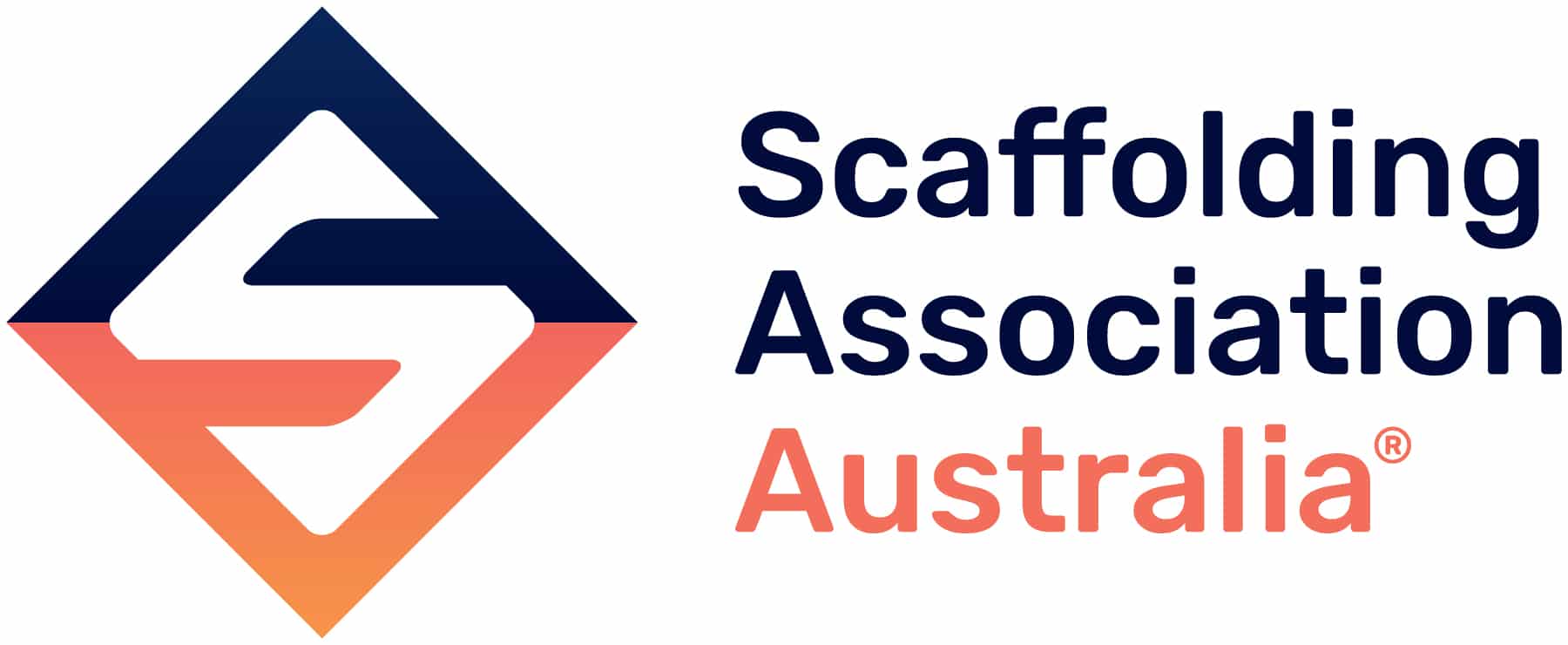What’s inside your flame retardant matters more than you think
This is a sponsored safety alert from our Associate Members, Tufwrap.
In the construction and industrial sectors, flame retardants are typically treated as a line item. They’re rarely scrutinised, almost never questioned, and often assumed to be broadly the same across suppliers.
But as safety standards evolve and sustainability expectations rise, it’s worth pausing to ask: What exactly is in your flame retardant product? And is it truly built for the future of your project?
At Tufwrap, we’ve always believed that what you don’t see in your materials can matter just as much as what you do. That belief has guided our unwavering commitment to non-halogenated flame retardants, long before the market began to catch up. As Australia prepares for a new change of responsible infrastructure, the conversation around flame retardants is shifting. And it starts with understanding the core difference between two commonly used formulations: halogenated and non-halogenated.
Two Types, One Important Distinction
Flame retardants fall into a wide family of chemical additives, but they generally divide into two key types based on how they suppress fire:
- Halogenated flame retardants use elements like bromine, chlorine, fluorine, or iodine to interrupt the combustion process. Products like Decabromodiphenyl ethane
- Non-halogenated flame retardants rely on safer alternatives such as nitrogen, or mineral compounds.
Both can reduce the spread of fire, but the way they behave during use, and in the event of a fire, differs drastically. But more importantly, are their environmental impacts
Halogenated products were widely adopted in the 20th century, primarily because they were inexpensive and initially effective at flame suppression. But decades of research have revealed serious concerns about their long-term impacts. In fires, these compounds can emit dense, toxic smoke—a major hazard in enclosed environments. And when disposed of, halogenated materials are resistant to breakdown, persisting in ecosystems and raising red flags across environmental and health agencies worldwide.
Non-halogenated flame retardants, by contrast, are designed to be both effective and responsible. They offer strong fire resistance with a significantly reduced toxic load. In real-world settings, this can mean cleaner air during an emergency, easier disposal or recycling, and less risk of long-term exposure to harmful residues.
Why This Matters More Than Ever in Australia
Historically, Australia hasn’t seen widespread questioning of what goes into flame retardants. The market has been slow to examine the differences between halogenated and non-halogenated formulations, partly because regulations haven’t forced the issue—and partly because many suppliers have simply relied on what’s always been done.
That’s changing.
Globally, governments and regulators are increasingly scrutinising halogenated chemicals—not only in flame retardants but in a wide range of industrial applications. The EU, for example, has enacted strict controls on several classes of brominated flame retardants, and the United States Environmental Protection Agency has flagged various halogenated substances for risk evaluation.
While these shifts may feel distant from day-to-day project delivery in Australia, they offer a clear signal: materials that once passed quietly through compliance channels are now under the spotlight. And for developers, contractors, and procurement teams, this means greater risk if outdated materials are used.
Even in the absence of an immediate ban or regulation, there’s an emerging reputational and liability risk associated with halogenated flame retardants. If materials used today become subject to future restrictions, the cost of retrofitting, replacing, or explaining them can be significant.
The Tufwrap Approach: Always Non-Halogenated
At Tufwrap, we didn’t wait for the industry to catch up. From the outset, we’ve committed to non-halogenated flame-retardant materials that prioritise both performance and responsibility. It’s not a marketing gimmick—it’s a core design principle.
We recognised early that the future of compliant, trusted infrastructure lies in transparency and foresight. That’s why every product in our flame-retardant line avoids the use of halogenated compounds altogether. We’ve chosen safer alternatives because they protect people, environments, and reputations—not just during use, but long after the job is done.
Our clients often ask:
“Why does your product cost more than some others on the market?”
At Tufwrap, we’ve never compromised on material integrity. While some suppliers continue to import halogenated solutions through inconsistent supply chains, Tufwrap sources locally and ethically. Our materials meet global safety standards, not just the minimums, and we provide full documentation on what’s inside.
Project managers are provided with peace of mind, government and private clients are assured, and a trustworthy supply chain is guaranteed. These outcomes are consistently delivered by Tufwrap, from specification to installation.
What Questions Should You Be Asking?
If you’re responsible for sourcing or specifying flame retardant materials, here are three questions worth asking your current supplier:
- Are your flame retardants halogenated or non-halogenated?
If the answer isn’t clear or readily available, that’s a red flag. - Are your flame retardant brominated?
This is effectively the same question as above; however a used brominated flame retardant is Decabromodiphenyl ethane as a ‘safer’ alternative to the Banned Decabromodiphenyl ether, The reality is studies are showing the Bio-accumulation of this product increase globally, and its side effects are becoming more understood by the science community. - Can you provide documentation on the chemical makeup of your product?
Transparency matters, especially if you’re preparing for future audits or compliance updates. - Where are your materials manufactured and sourced?
Understanding the full journey of your flame retardant materials can reveal hidden risks in quality, availability, and ethics.
Looking Ahead
As the construction and industrial sectors face growing pressures around safety, environmental impact, and supply chain integrity, materials that once flew under the radar are coming into sharper focus. Flame retardants are no longer a background detail—they’re becoming a frontline choice in how we build safer, smarter infrastructure.
For project teams and procurement professionals who want to stay ahead of the curve, the time to act is now. Choosing the right flame retardant today won’t just impact safety in the short term—it will shape the legacy and reliability of your work for years to come.
At Tufwrap, we’re ready for that future. In fact, we’ve been building for it from the start.
What’s inside your flame retardant matters. Because in our view, good enough isn’t good enough anymore.
Explore Tufwrap’s non-halogenated flame retardant solutions and see why Australia’s leading projects trust Tufwrap. Contact them today to speak with their team.
This is a sponsored safety alert from our Associate Members, Tufwrap
Tufwrap is Australia’s premier scaffold sheeting service and supplier, providing businesses in the industry with a scaffold encapsulation service at any stage through construction, offering protection for construction sites and workers.
